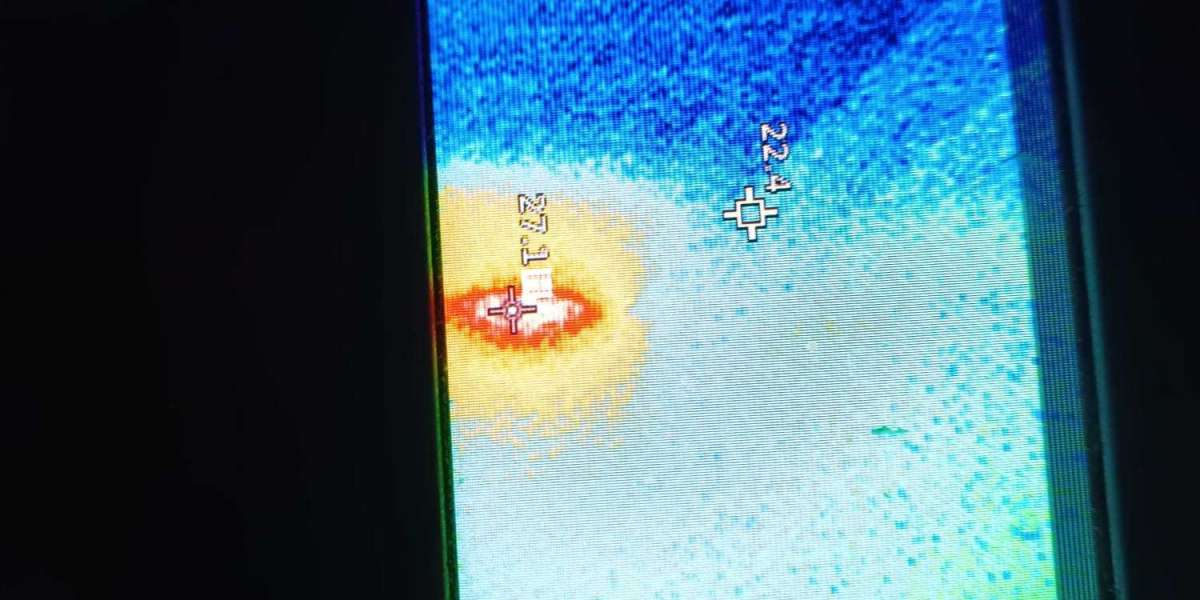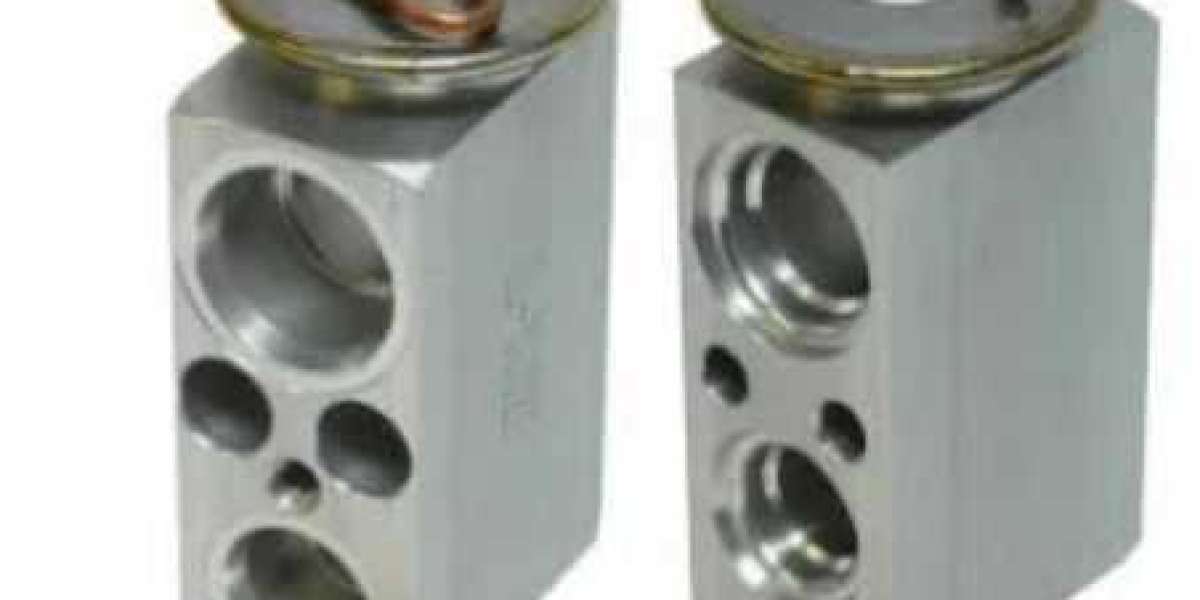Wireshark, known for its versatility and robustness, is a must-have tool for any network professional. Whether you are analyzing network traffic, troubleshooting network issues, or developing software and protocols, Wireshark offers unparalleled capabilities. At ComputerNetworkAssignmentHelp.com, we specialize in offering Wireshark assignment writing help to students who seek to master the intricacies of network analysis. In this post, we will explore advanced tips for using Wireshark and provide expert solutions to master-level Wireshark questions.
Advanced Tips for Using Wireshark
1. Filtering Network Traffic
Wireshark allows you to capture and analyze network traffic based on specific filters. This can significantly reduce the amount of data you need to analyze and make troubleshooting more efficient. Here’s how you can use filters effectively:
Display Filters: These filters allow you to view only the packets that match specific criteria, such as IP addresses, protocols, or port numbers.
Example:
ip.addr == 192.168.1.1Capture Filters: These filters allow you to capture only the packets that match specific criteria, reducing the amount of traffic stored to disk.
Example:
host 192.168.1.1
2. Protocol Analysis
Wireshark provides detailed information about protocols in your captured packets. Understanding how to interpret protocol information is crucial for network analysis. Some protocols you might encounter include:
HTTP: Analyzing HTTP traffic can reveal information about web requests and responses.
DNS: Analyzing DNS traffic can help identify domain resolution issues.
TCP/UDP: Analyzing TCP/UDP traffic can help troubleshoot connectivity and performance issues.
3. Follow TCP Stream
The Follow TCP Stream feature in Wireshark allows you to reconstruct a TCP session’s data in a human-readable format. This can be invaluable for analyzing the content of network traffic.
4. Exporting Data
Wireshark allows you to export captured data in various formats, including plain text, CSV, and XML. This makes it easier to share and further analyze captured data.
Master-Level Wireshark Questions and Solutions
Now, let’s tackle some master-level Wireshark questions and provide expert solutions.
Question 1: Analyzing HTTP Traffic
Question: Analyze the HTTP traffic captured using Wireshark. Identify the URL of the webpage accessed and the method used (GET or POST).
Solution:
Apply a display filter for HTTP traffic:
httpLook for the HTTP GET or POST requests in the Packet List pane.
Right-click on the desired packet and select
Follow HTTP Streamto view the details.
Question 2: DNS Query Analysis
Question: Analyze the DNS query captured using Wireshark. Identify the domain name queried and the IP address of the DNS server.
Solution:
Apply a display filter for DNS traffic:
dnsLook for the DNS query packets in the Packet List pane.
Right-click on the desired packet and select
Follow DNS Streamto view the details.
Conclusion
Wireshark is an indispensable tool for network analysis and troubleshooting. Understanding its advanced features can significantly enhance your ability to diagnose and resolve network issues. At ComputerNetworkAssignmentHelp.com, we offer expert Wireshark assignment writing help to students who want to excel in network analysis. Whether you need assistance with filtering network traffic, analyzing protocols, or mastering advanced features like Follow TCP Stream, our team of experts is here to help.
If you're struggling with your Wireshark assignments or simply want to deepen your understanding of network analysis, don't hesitate to contact us. Our expert writers and tutors are dedicated to providing you with the assistance you need to succeed. Visit our website to learn more about our services and how we can help you achieve your academic goals.








